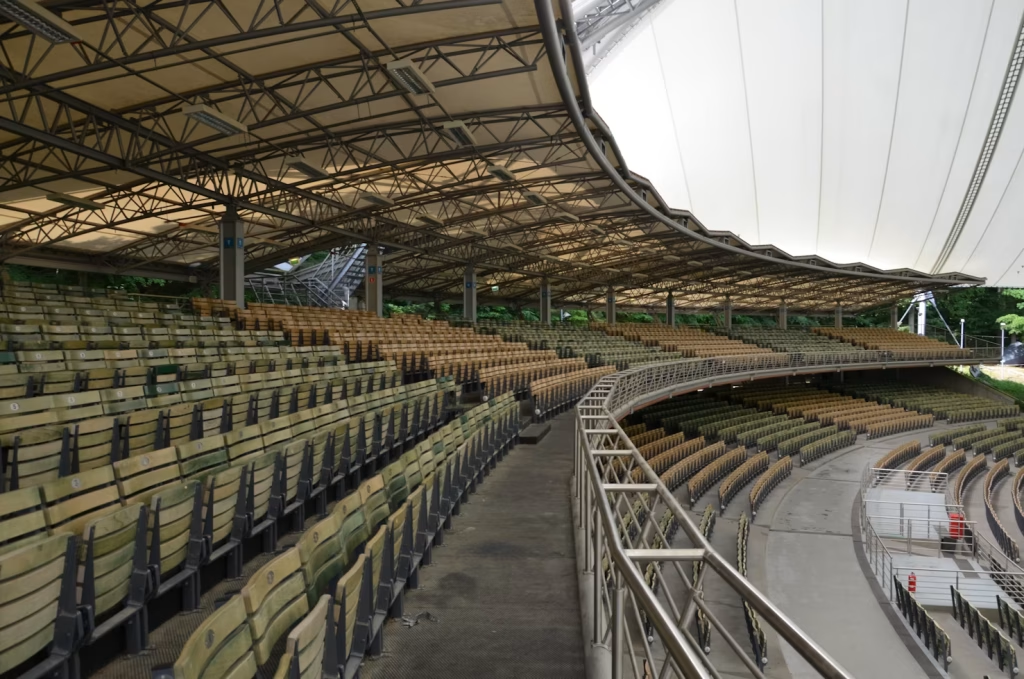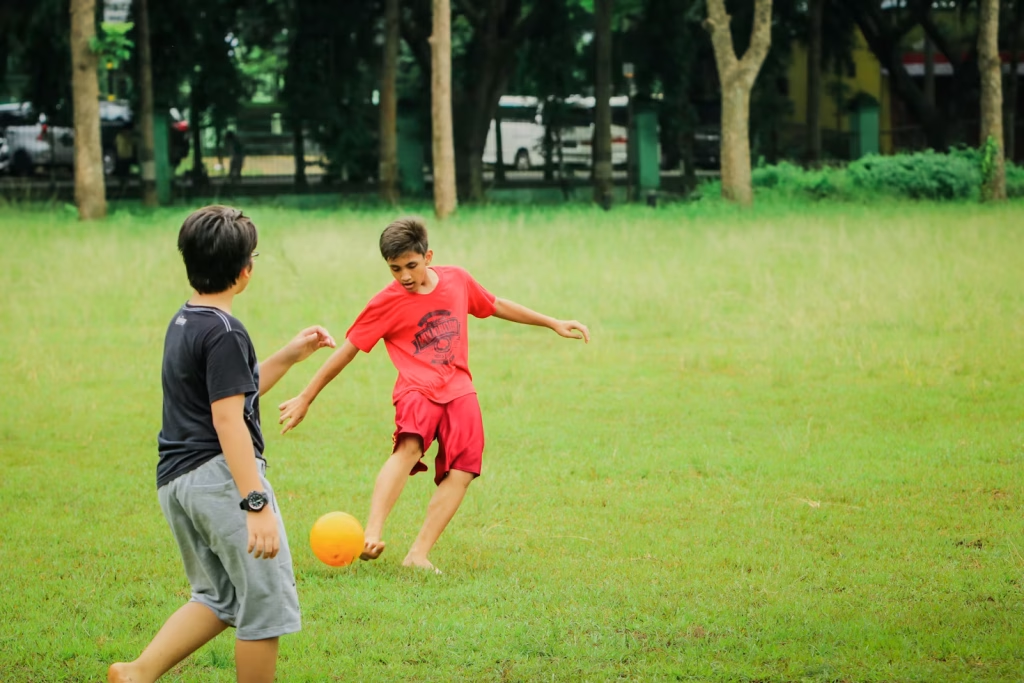In a sport increasingly dominated by mega‑clubs and stacked leagues, the Club World Cup breaks the mold—offering a rare stage for teams from Africa, Asia, Oceania, and North America. It’s more than another trophy: it’s a chance to elevate lesser‑known clubs, connect diverse fan bases, and redefine the narrative of global football. By spotlighting the underdogs, this tournament transforms how we view representation, competition, and market potential.
1. The Expanded Stage: Why 32 Teams Matter
The 2025 edition marks a bold shift—expanding to 32 teams, representing all six confederations strewn across multiple U.S. cities over four weeks. This growth:
- Welcomes diversity: Beyond Europe and South America, clubs from Africa, Asia, CONCACAF, Oceania, and others get a global platform.
- Builds narratives: Every match becomes a story—David vs Goliath clashes, emerging talents, cultural clashes.
- Merges markets: Media rights, stadium tourism, and brand sponsorships begin to span beyond traditional European‑centric zones .
This structure forces the football world to pay attention where it hasn’t before.
2. Underdogs No More: Exposure That Counts
2.1 African Giants in the Spotlight
Clubs like Al Ahly—multiple-time African champions—earn global attention when matched with foreign heavyweights. These games attract worldwide broadcasters and put African talent on scout radars.
2.2 Oceania’s Moment to Shine
Auckland City FC, amateur champions from New Zealand, earned media buzz just by being drawn against Bayern Munich—telling a tale of ambition, disparity, and possibility. For players, it’s a once‑in‑a‑lifetime career highlight.
2.3 MLS’s Emerging Presence
Teams like LAFC and Inter Miami aren’t just participating—they’re playing bold, fearless football and earning respect. Facing elite Europeans, they challenge perceptions and boost MLS as a competitive destination.

3. Economic Ripples-Off the Pitch
Tournament participation brings direct financial gains:
- Prize money splits—estimates exceed US $9 million per team.
- Wider sponsorship deals—from local brands to international partners thanks to broadcast exposure.
- Opportunities to sell digital content, streams, merchandise—for instance, Auckland City merch reaching Europe during their match.
But it also raises equity concerns. Smaller clubs may still earn pennies compared to giants benefiting from collective sponsorship and brand power.
4. Media & Brand Reach: Building a Global Story
4.1 New Media Windows
DAZN’s model of freemium streaming in major markets allows fans in Brazil, Japan, and Africa to follow games live—projecting these clubs onto global feeds .
4.2 Branding Beyond Borders
Clubs once known only locally now connect directly with international audiences:
- Interviews and profiles emphasize culture and identity.
- Collaborations on social media amplify reach.
4.3 Under‑explored Player Markets
Tournament coverage introduces players from lesser-known leagues to a worldwide audience—opening pathways for scouting and transfer deals.

5. On-Field Impact: Upsets and Tactical Experiments
5.1 Competitive Surprise
While big clubs dominate, underdogs bring unpredictability. LAFC defied expectations by playing aggressively against Chelsea, and Al Ahly commands respect from early previews .
5.2 Tactical Showcase for Coaches
Facing top-tier opponents under global observation spurs innovation:
- African and Asian coaches trial bold, counter‑attacking strategies.
- Young players get tested—and noticed—on the world stage.
6. Challenges Faced by Under‑Resourced Clubs
6.1 Logistical & Financial Burdens
Travel, flights, and tight schedules strain budgets and physical stamina. Smaller teams may lack adequate recovery and medical staffing.
6.2 Fixture Overload & Player Fatigue
Extended tournament time—about a month—clashes with domestic calendars, creating burnout risks .
6.3 Stadium Attendances
Some matches see half‑empty stadiums—due to high ticket prices or lack of local support for lesser‑known teams.

7. Fan & Community Impact
7.1 Pride and Identity
Back home, simply qualifying is cause for celebration. Players become role models, inspiring youth and revitalizing local fan interest.
7.2 Tourism & Local Spend
Fans traveling abroad inject money into host cities—hotels, restaurants, and tourism attractors like local match-day activities.
7.3 Exponential Reach
Highlights and stories shared on social media transcend local boundaries, weaving new supporter networks across continents.
8. Comparative Snapshot: Club World Cup vs Traditional Leagues
| Aspect | Club World Cup (2025) | Traditional Leagues |
| Global Representation | Teams from 6 confederations, including amateurs | Mostly Europe/South America competitors |
| Duration | 4 weeks, multiple cities | 9–10 months per domestic season |
| Media Reach | Global streaming, focused short window | Long season, but saturation in markets |
| Financial Impact | Lump-sum prize, sponsorship boosts, media exposure | Annual income via TV, match-day, jerseys |
| Development Benefits | Tactical learning, player valuation, experience | Stable competition, gradual build-up |
| Main Risk | Fatigue, travel, lack of local supporter turnout | Media noise overshadowing small clubs |
9. Looking Ahead: Redefining Football’s Hierarchies

The Club World Cup’s strength lies in inclusion. By integrating underrepresented clubs into the global football narrative, it opens doors:
- New fan markets: U.S. viewers discovering Urawa Reds and Al Ahly.
- Media attention: Clubs earning feature stories beyond their domestic leagues.
- Sustainable growth: A future where every continental champion has access to global sponsorships and development networks.
